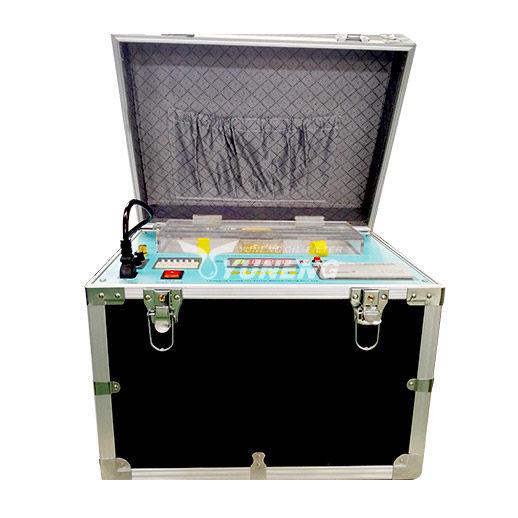How to Choose the Best Transformer Oil BDV Tester for Your Laboratory

Selecting the right transformer oil BDV tester is crucial for accurate dielectric strength measurements. With various models available in the market, choosing the best one depends on factors like testing standards, automation level, and budget. This blog will guide you through the key features to consider when purchasing a BDV tester, ensuring you make an informed decision for your laboratory or field testing needs.
Key Features to Look for in a BDV Tester
1. Compliance with International Standards
Ensure the tester meets industry standards such as:
IEC 60156 (International Electrotechnical Commission)
ASTM D877 (American Society for Testing and Materials)
IS 6792 (Indian Standard)
A compliant device guarantees accurate and repeatable results.
2. Automated vs. Manual Testing
Manual Testers – Require user intervention to increase voltage and note breakdown points. Suitable for small-scale labs with budget constraints.
Automatic Testers – Feature motorized voltage control, self-diagnosis, and digital displays. Ideal for high-throughput testing with minimal human error.
3. Electrode Configuration
Spherical Electrodes (12.5–13 mm diameter) – Preferred for precise measurements as per IEC 60156.
Flat Electrodes – Used in ASTM D877 standards but may produce slightly different results.
4. Safety Features
Overvoltage Protection – Prevents damage to the instrument.
Short-Circuit Protection – Ensures safety during accidental breakdowns.
Grounding Mechanism – Essential for user safety when handling high-voltage equipment.
5. Data Management & Connectivity
Built-in Memory – Stores multiple test results for future reference.
USB/Bluetooth Connectivity – Allows data transfer to computers for analysis.
Printer Compatibility – Some models support direct printing of test reports.
6. Portability & Durability
Compact & Lightweight – Useful for field testing.
Robust Construction – Ensures longevity in harsh industrial environments.
Top Brands & Models in the Market
Megger OTS60PB – Fully automated, compliant with IEC 60156.
BAUR DTA 100C – High-precision, with advanced diagnostics.
Sefelec OTS 100AF – Portable, ideal for on-site testing.
Maintenance Tips for BDV Testers
Regularly clean electrodes to avoid contamination.
Calibrate the device periodically for accurate readings.
Store the tester in a dry, dust-free environment.
Conclusion
Choosing the right transformer oil BDV tester depends on your specific testing requirements, compliance needs, and budget. Automated testers offer higher efficiency, while manual models are cost-effective for small labs. By considering factors like electrode type, safety features, and data management, you can select a device that ensures reliable and consistent BDV measurements. Investing in a high-quality tester enhances transformer maintenance, preventing failures and optimizing performance.
- Art
- Causes
- Crafts
- Dance
- Drinks
- Film
- Fitness
- Food
- Giochi
- Gardening
- Health
- Home
- Literature
- Musica
- Networking
- Altre informazioni
- Party
- Religion
- Shopping
- Sports
- Theater
- Wellness


